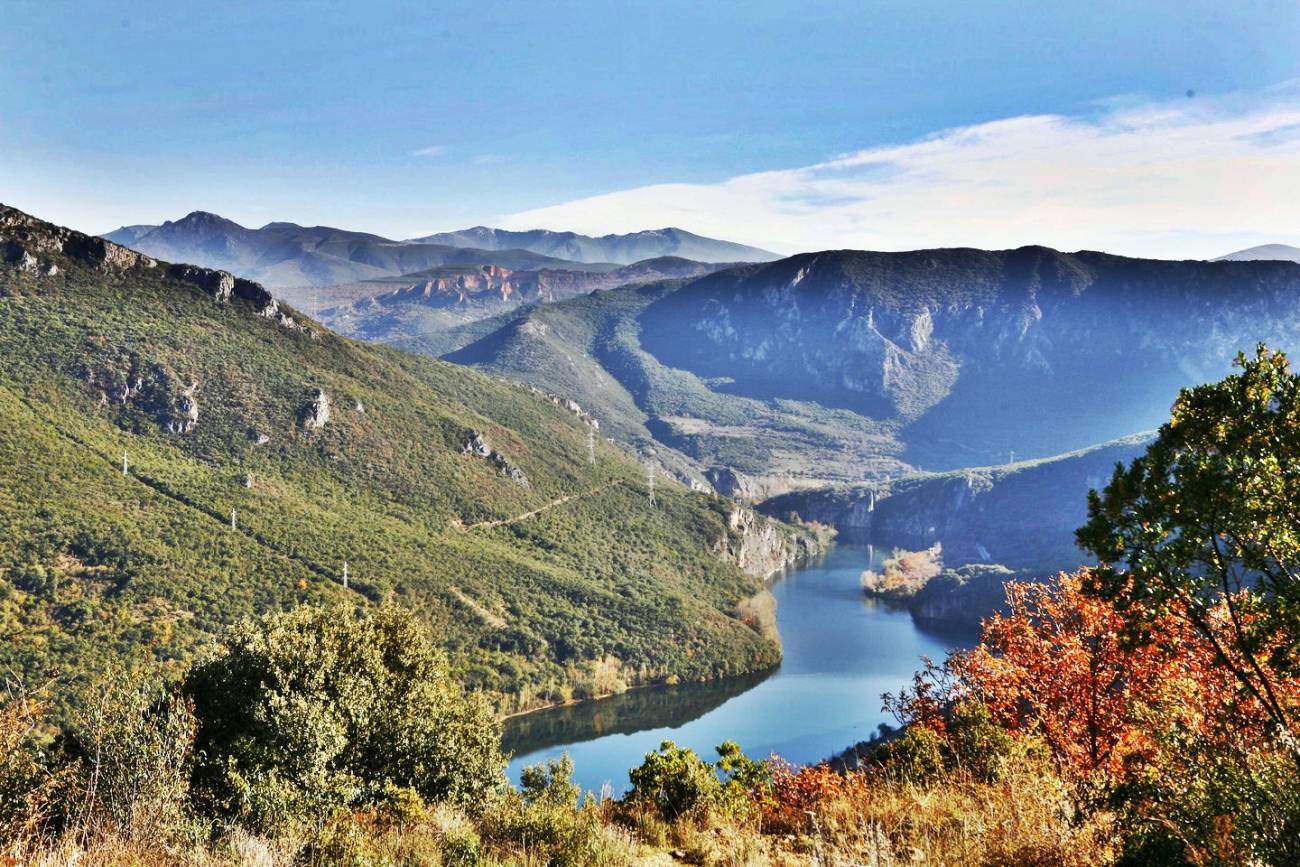Reviving Rural Spain: Grants, Tax Reductions, and Incentives to Attract New Residents
Spain is taking proactive steps to address the issue of rural depopulation by offering a range of incentives and support measures to attract new residents to its abandoned villages. According to the Ministry for Ecological Transition and the Demographic Challenge, there are more than 3,500 villages in Spain that have been completely abandoned.
To combat this trend, the Spanish government has introduced several initiatives:
Direct Aid for Home Purchases
The State Plan for Access to Housing 2022-2025 includes direct aid for the purchase of a home for people under 35 years of age in municipalities with less than 10,000 inhabitants. The property must not exceed 120,000 euros, and the total amount of aid can reach up to 10,800 euros. Applicants must have an annual income that does not exceed 24,318 euros and must provide the public deed of ownership or the private purchase contract within 3 months of applying. The purchased property must be the habitual residence for a minimum period of 5 years after the purchase.
Personal Income Tax Deductions
Several Spanish regions offer personal income tax deductions to attract new inhabitants to rural areas. For example, Aragon sets the limit in municipalities with less than 3,000 inhabitants for young people under 35 years of age, while Asturias provides aid for the acquisition or rehabilitation of permanent housing in areas at risk of depopulation for people under 35, large families, or single-parent families.
Direct Payments to Relocate
Some Spanish regions and villages have decided to pay people directly to repopulate their municipalities. For instance, Ponga in Asturias offers 3,000 euros for couples and an additional 3,000 euros for each child born in the village. Rubia in Ourense provides between 100 and 150 euros for each person who decides to move there, and Griegos in Teruel offers 3 months of free rent and then 225 euros per month, with a bonus of 50 euros for each school-age child.
These initiatives demonstrate Spain’s commitment to reviving its rural areas and providing opportunities for people to live and thrive in these picturesque and historic villages. By offering financial incentives, tax benefits, and direct payments, Spain aims to attract new residents and breathe life back into its abandoned communities.
These villages in different regions of Spain are taking proactive steps to combat rural depopulation by providing financial incentives, affordable housing options, and other support to attract new residents to their abandoned communities.
Here are the key villages in Spain that are offering incentives to attract new residents to their abandoned villages:
Ponga, Asturias
The village of Ponga in Asturias is offering a grant of 3,000 euros to couples who permanently settle in the village. They also provide an additional 3,000 euros for each child born in the village.
Olmeda de la Cuesta, Cuenca
The village of Olmeda de la Cuesta in Cuenca is auctioning off plots of land for very low prices (200-3,000 euros) for people to build homes, with the requirement that houses must be built within 3 years.
A Xesta, Pontevedra
The village of A Xesta in Pontevedra is offering rental properties for as low as 100 euros per month to attract new residents.
Rubiá, Orense
The village of Rubiá in Orense is offering people 100-150 euros per month to live in the village, particularly targeting families.
Miravete de la Sierra, Teruel
The village of Miravete de la Sierra in Teruel is offering 3 months of free rent and then 225 euros per month, with a bonus of 50 euros for each school-age child.
Griegos, Teruel
The village of Griegos in Teruel is also offering incentives, including 3 months of free rent and 225 euros per month, as well as a 50 euro bonus per school-age child.
Based on the information provided on the website ecoconil.com, here are the key things to consider before restoring a property:
Things to consider before taking on a property in these areas
Here is a summary of the key checks that should be made before buying a property:
Structural Inspection
– Hire a qualified building inspector to assess the property’s structural integrity, looking for issues like cracks, subsidence, or dampness.
Legal Due Diligence
– Conduct a title search to ensure there are no outstanding disputes or encumbrances affecting ownership.
Property Valuation
– Obtain a professional property valuation to understand the market value.
Land Registry Search
– Review the property’s title deeds to clarify ownership and boundaries.
Planning and Zoning Regulations
– Research local planning and zoning rules to ensure the property’s intended use is compliant.
Pest and Infestation Inspection
– Thoroughly inspect for signs of pests or infestations, both inside and outside the property.
Neighbourhood Safety
– Assess the local crime rates, street lighting, and overall safety and security of the neighbourhood.
Future Development Plans
– Investigate any planned infrastructure projects or developments that could affect the property.
Surrounding Area Assessment
– Visit the property at different times to evaluate noise levels, traffic, and general liveability.
Homeowners Association (HOA) Regulations
– Review any HOA rules, fees, and restrictions that could impact the ownership experience.
Environmental Considerations
– Inquire about any existing ecological restoration projects on the property and their maintenance requirements.
– Understand the environmental impact of the property, including factors like energy efficiency, water conservation, and use of sustainable materials.
– Explore opportunities to incorporate renewable energy sources like solar panels or wind turbines.
– Consider the integration of indoor air quality.
Historic Preservation
– For historic buildings, carefully preserve the character and integrity while integrating modern amenities and technology to enhance efficiency, comfort, and convenience.
– Avoid the use of cement and explore sustainable alternative materials for restoration.
– Carefully assess and address issues like cracks, spalling, and other structural concerns in historic buildings.
Insulation and Thermal Bridging
– Prioritize proper insulation to improve energy efficiency, reduce energy costs, and enhance thermal comfort for occupants.
– Identify and mitigate thermal bridging issues to prevent uneven temperature distribution and potential structural damage.
– Employ techniques like using insulating materials with low thermal conductivity and implementing continuous insulation layers.
– Ensure the insulation methods do not compromise the historical significance of the building.
Professional Expertise
– Engage experienced restoration professionals who understand the specific requirements of the property and can provide tailored solutions.
– Leverage the expertise of specialists in areas like construction management, building automation, and historic building conservation.
By considering these key factors, property owners and restoration professionals can ensure that the restoration process preserves the property’s historical and environmental value while enhancing its overall performance and sustainability.
Conclusion
Restoring abandoned or dilapidated properties can be an extremely challenging and costly endeavour. These properties are often plagued with a myriad of issues, ranging from structural damages and legal entanglements to the need for extensive repairs and upgrades to make them livable or marketable again. Renovation costs can vary widely to bring a vacant property up to code. Investors must also navigate legal and bureaucratic hurdles, such as unclear titles and zoning restrictions, which can add further complexity and expense. While these properties can offer significant rewards for savvy investors, the risks and challenges involved require careful planning and consideration.

